Spider mites are typically a more serious problem in southwestern Kansas but may occasionally cause economic loss in other areas in droughty years. Crop Production Clinics Session Goals 1Learn to identify spider mites found on Nebraska corn and soybeans 2Recognize conditions that favor pest mite outbreaks 3Understand management options for spider mites on Nebraska corn and soybeans.

Identifying Spider Mite Damage Morning Ag Clips
Managing for resistance is a key issue that growers should be aware of when controlling spider mites.

Spider mite damage in corn. The result is fewer kernels and smaller seed size. Avoid letting mite damage reach the ear leaves. The white stippling damage is obvious effecting 50 or more the leaf surface.
Spider mite infestations can be common under hot dry conditions particularly on drought-stressed corn. Spider mites in corn and soybeans Julie Peterson Jeff Bradshaw Bob Wright. This damage reduces the photosynthetic abilities of the leaf and increases water loss.
Timely rainfall irrigation natural enemies and miticides can help control infestations and protect yield potential. Spider mite damage L. Most damage is done when feeding is on leaves at or above ear level.
There is no specific spray threshold for spider mites in corn. 2013 there were differences in moisture Tons. 2010 2012 2013 Untreated 307 324 394 Average of all Miticide Treatments 365 374 394 Difference 58 50 0 Large scale trials commercially applied.
Banks grass mite traditionally has been a corn pest throughout Colorado while TSM is a recent problem in certain corn-growing areas of the state. Spider mites feed on the undersides of leaves and damage corn by removing plant sap resulting in leaf discoloration characterized by yellow or whitish spotting stippling across the surface of the corn leaf Figure 3. 4 replications 2010 2012 no difference in moisture.
In addition to grain yield reduction quality and yield of silage corn may decline due to mite feeding. What do they do to silage corn yield quality. Spider mites damage corn by rupturing leaf cells and drinking the contents out.
Usually they do not represent a threat but under prolonged hot and dry conditions or after the application of some pesticides their population builds up rapidly and can cause severe economic losses. Spider mite damage to corn leaves. BGM and TSSM have a similar appearance Fig.
Effects on corn yield are more severe when mites damage leaves at or above ear level. Spider mite feeding can eventually kill the corn leaf leaving it with a scorched or burned. Banks grass mites BGM feed almost exclusively on grasses including corn small grains and sorghum.
Banks grass mite BGM Oligonychus pratensis and two-spotted spider mite TSM Tetranychus urticae Figure 1. Two species of spider mites the Banks grass mite and the twospotted spider mite commonly feed on Nebraska corn. Mite populations can be naturally reduced via fungal infection after a rain event followed by high 95 humidity and temperatures below 85F.
Yellowing obvious mite movement on the undersides of leaves and webbing. As mite colonies grow feeding damage intensifies. Typically spider mite infestations start at the field edge and work their way up the plant.
Two species of spider mites attack corn in Colorado. Managing Two-Spotted Spider Mites on Corn. Most spider mite feeding and injuries occur be- tween pollen shed and denting.
Yellowish or whitish spotting stippling on leaves is evidence of their presence. It should be stressed that miticide applications should be based on the current and projected status of the mite population and not simply damage ratings. Nebraska Extension Entomology Specialists.
We are starting to get more reports of spider mites damaging corn and soybeans in Nebraska. Spider mite feeding reduces effective leaf area and accentuates drought stress. Banks grass mites BGM and two-spotted spider mites TSSM are important agricultural pests of corn and a wide variety of other crop garden and landscape plants.
The damage is caused by mites feeding on. Note the leaf midrib along the top of the picture for size comparison. Entire leaves progress from grayish green to yellow brown or coppery a symptom that growers may mistake for drought-related firing of lower leaves Fig.
Mites favor hot dry weather. Twospotted spider mites TSM not only feed on many. Rain can also slow down spider mite populations growth and relieve a corn.
Spider mites are tiny arachnids related to ticks and spiders and distribute in clusters on the underside of corn leaves. Infestations have been associated with accelerated plant dry down in the fall. Crop Production Clinics Spider.
As a production is reduced and the nutritive quality of silage is significantly decreased. Untreated treated Godfrey 2002 Trial Tulare County. Two-spotted spider mites as they would be seen on the underside of an infested corn leaf with a hand lens left.
The damage is caused by mites feeding on the leaves and sucking out chlorophyll from cells which lead to leaf desiccation.
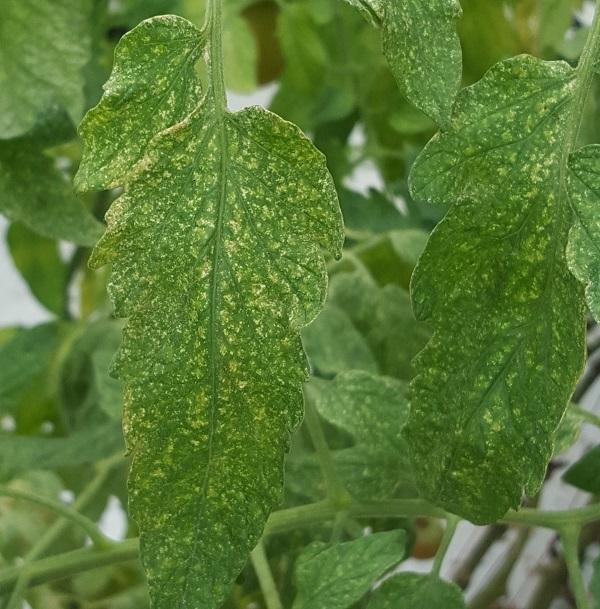
Two Spotted Spider Mite Entomology

Detailed Information On Spider Mite Tetranychus Urticae

How To Get Rid Of Spider Mites Bonnie Plants
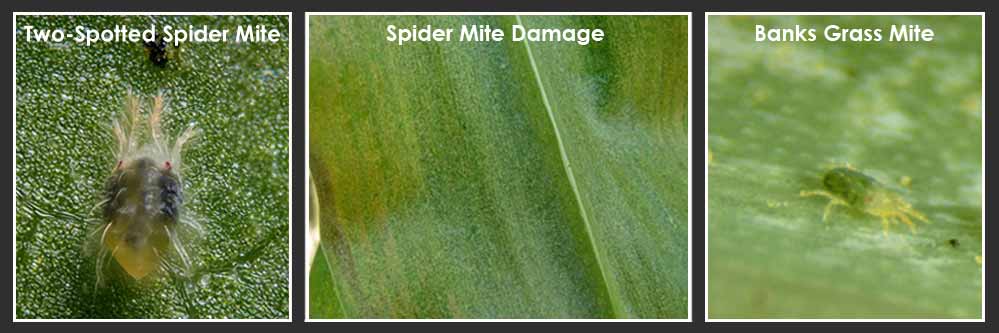
Spider Mite Management In Corn Crop Quest
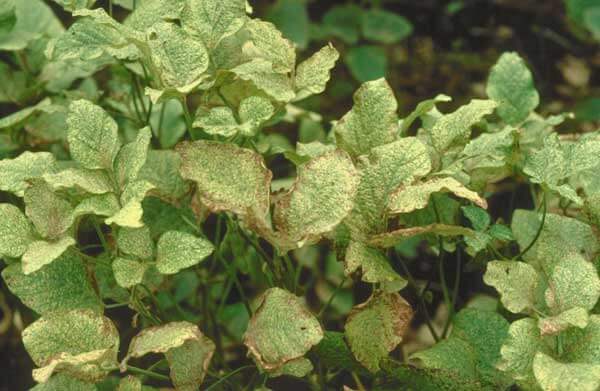
Two Spotted Spider Mite Soybean Pest Soybean Research Information Network Srin
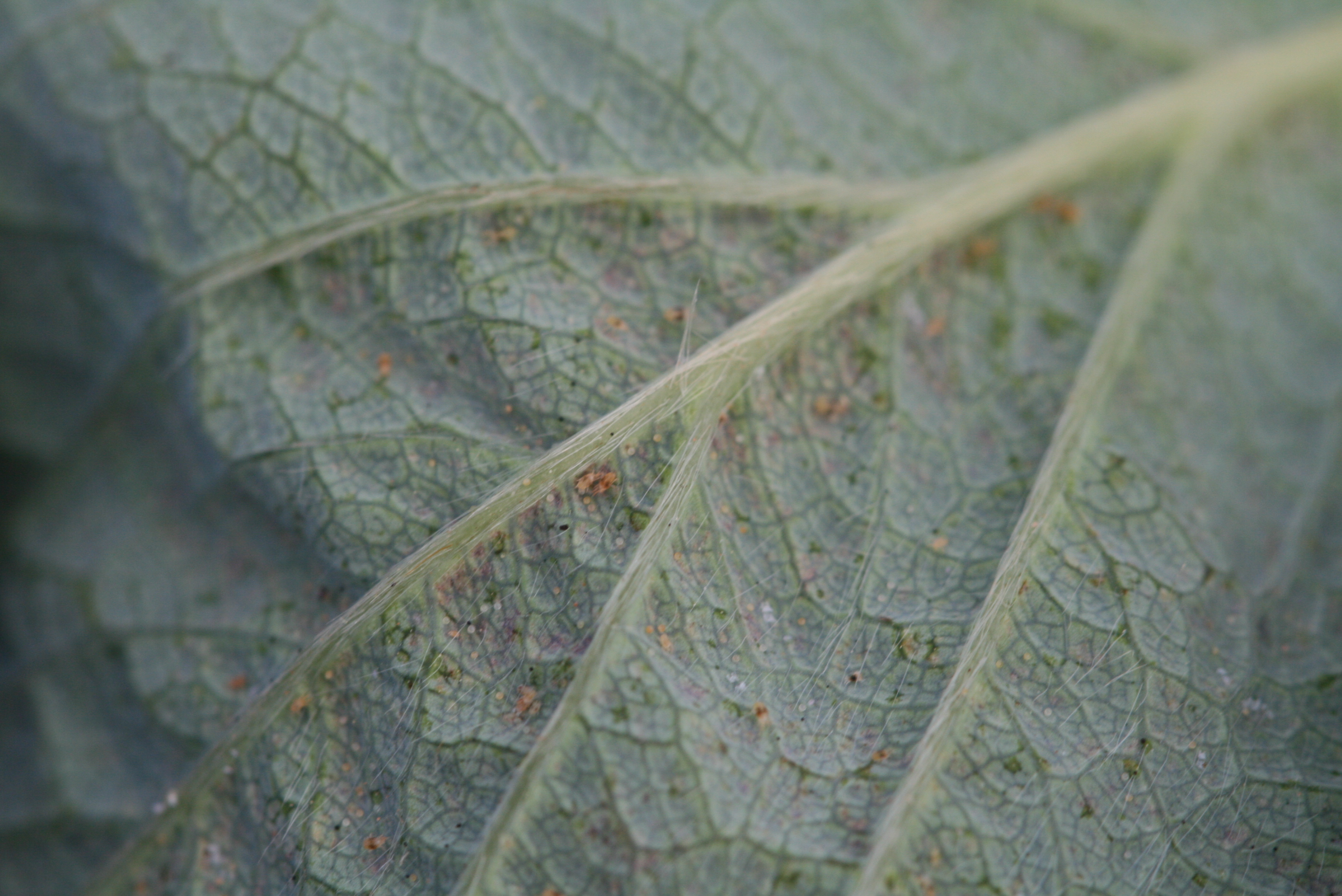
It S Time To Scout And Manage Spider Mites In Strawberries Nc State Extension

Two Spotted Spider Mites In 2021 In Minnesota Crops

Hawaii Taro Spider Mite Damage Spider Mites Taro Hawaii

Spider Mites In The Garden Hgtv

Watch For Spider Mites In Dry Areas Agronomic Crops Network
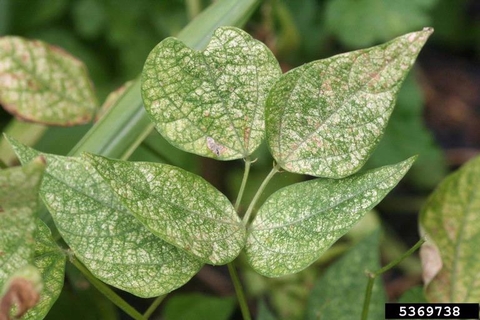
Twospotted Spider Mites On Soybean Umn Extension

Spider Mites How To Identify And Treat

Twospotted Spider Mites Hot And Ready Extension Entomology
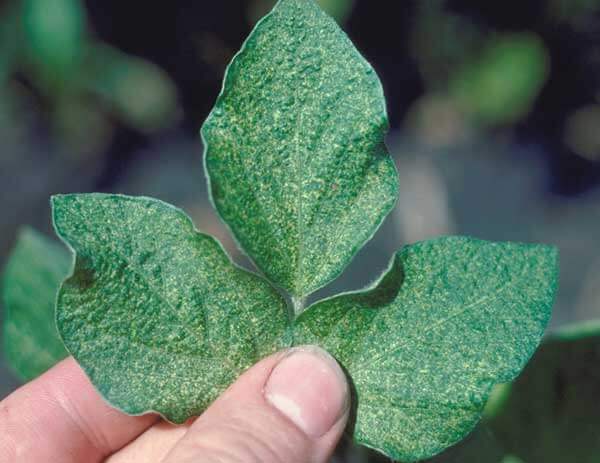
Two Spotted Spider Mite Soybean Pest Soybean Research Information Network Srin
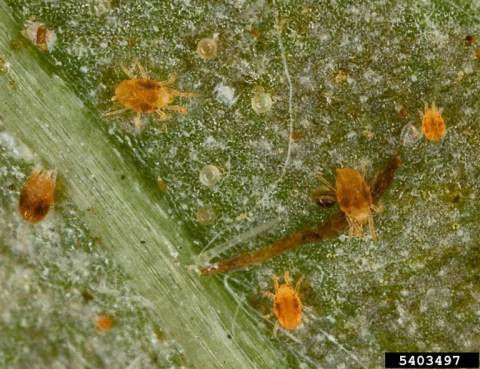
Managing Spider Mite On Soybean
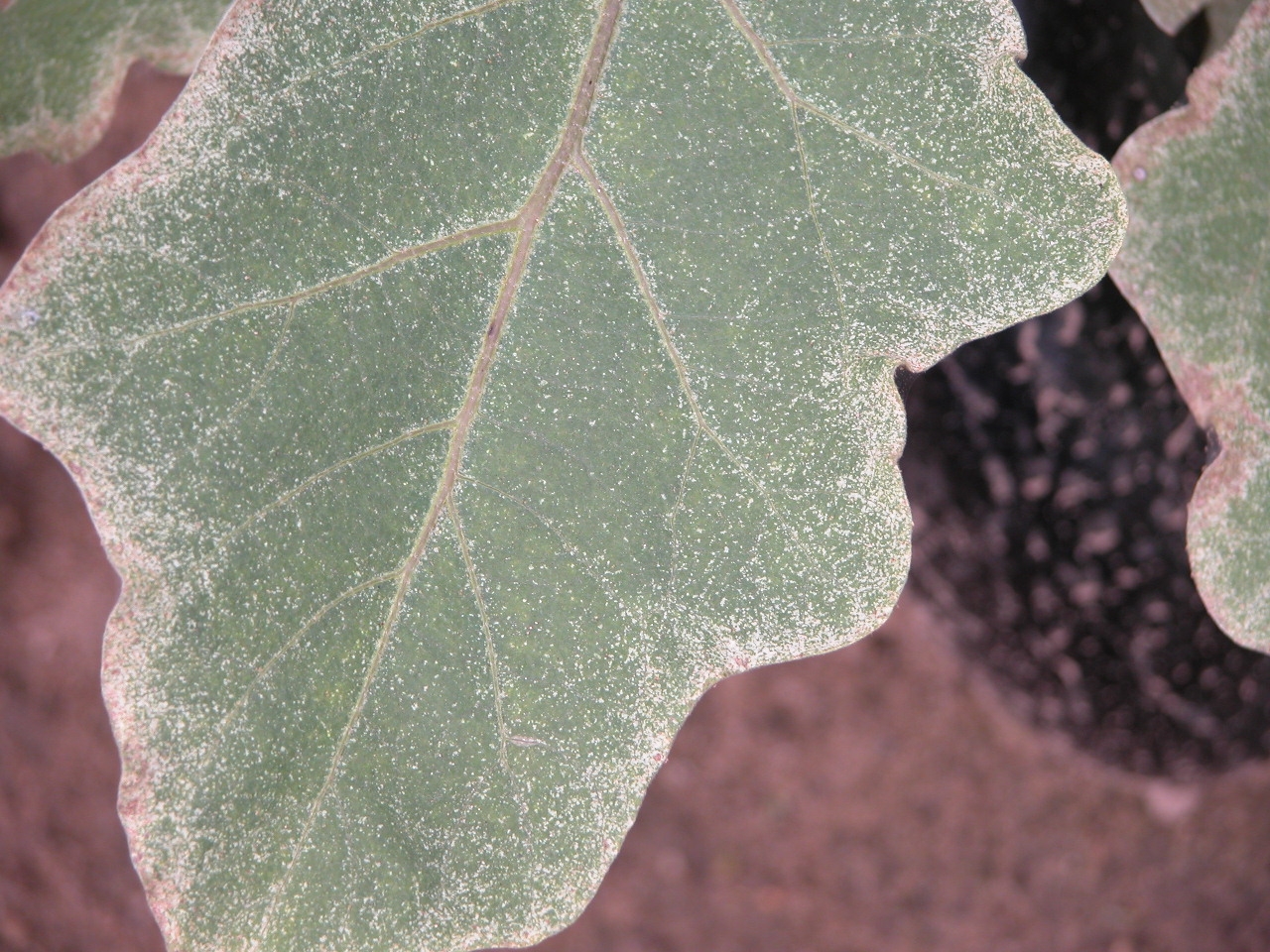
Vegetable Two Spotted Spider Mite Umass Center For Agriculture Food And The Environment




